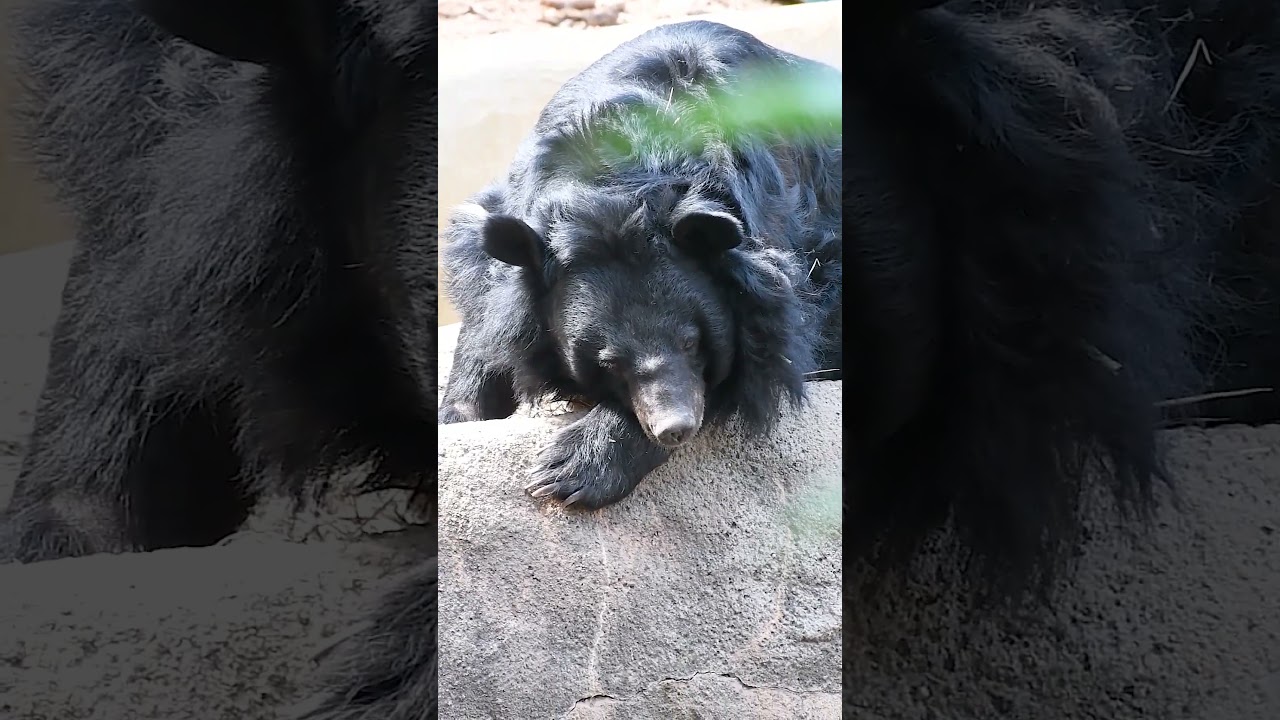- Introduction to Beezler, the golden girl, and her species.
- Description and significance of the captured 15 seconds of Beezler’s behavior.
- An exploration of zoo management practices that maintain animal welfare.
- The role of wildlife conservation efforts in protecting species like Beezler.
- Educational insights into zoology revealed through Beezler’s actions.
Beezler, affectionately known as the golden girl, is a captivating creature whose short but adorable video clips have garnered widespread attention. As we dive into 15 precious seconds of Beezler’s life, we can uncover substantial information about her species, zoo management practices, and the broader implications of wildlife conservation. This detailed exploration aims to offer both educational and informative insights for readers curious about animal behavior and the efforts to protect our planet’s biodiversity.
Beezler belongs to a remarkable species that has earned its place in the hearts of many. Her species, characterized by its golden coat and endearing mannerisms, plays an important role in Earth’s complex ecosystems. Understanding the behavior and characteristics of Beezler’s species can provide valuable insights into animal biology and ecology, enriching our knowledge and appreciation of the natural world.
In the short, heartwarming video of Beezler, we witness a series of behaviors that are both typical and unique to her species. During these precious 15 seconds, Beezler exhibits a blend of curiosity, playfulness, and social interaction. Such behavior is not only engaging but also serves as a window into the cognitive and emotional lives of animals. Observing Beezler’s interactions allows us to draw connections to her environmental needs and natural behaviors, illuminating the importance of providing environments in captivity that reflect their natural habitats.
Zoo management practices play a crucial role in maintaining the well-being of animals like Beezler. Proper enclosure design, enriched environments, and routine health check-ups are fundamental to ensuring that animals in zoos lead fulfilling lives. Enclosures must mimic the natural habitat as closely as possible, offering spaces for climbing, hiding, and foraging, which are activities that Beezler would engage in if she lived in the wild. Nutrition and diet are meticulously planned to match the dietary needs and preferences of the species, promoting physical health and longevity.
The everyday behavior of animals like Beezler can tell us much about their overall well-being. For instance, engaging in play is often a sign of good physical and mental health. Playful interactions with enrichment objects or other conspecifics (members of the same species) can indicate that an animal is thriving. Beezler’s playful demeanor and curiosity, as captured in the video, signify her good health and the effectiveness of the care provided by her keepers.
Besides animal welfare, zoos have become pivotal partners in global wildlife conservation efforts. They serve as genetic reservoirs for endangered species, provide educational resources to the public, and participate in breeding programs aimed at species survival. Conservation breeding programs are particularly vital, as they manage the genetic diversity of small populations, increasing the likelihood of species’ long-term survival. For species with dwindling numbers in the wild, such as Beezler’s, zoos offer a lifeline through these carefully managed programs.
Wildlife conservation extends beyond the boundaries of zoos. Field conservation projects are crucial to protect habitats and mitigate threats like poaching and habitat destruction. Zoos collaborate with international organizations to support and fund these initiatives, ensuring that animals like Beezler have protected environments in the wild. Advocacy and awareness campaigns educate the public on the importance of wildlife conservation, fostering an informed and supportive community.
Understanding zoology, particularly the study of animals like Beezler, provides unique insights into the complex web of life on Earth. Examining her physical attributes, such as her golden coat, can reveal information about her evolutionary history, adaptations, and ecological role. Morphological studies contribute to our understanding of animal diversity and help scientists develop strategies for conservation.
Behavioral studies are another crucial aspect of zoology. Observing Beezler in these precious 15 seconds, scientists can analyze her actions and interactions. Ethology, the study of animal behavior, seeks to understand the adaptive significance of behavior and how it affects survival and reproduction. By studying animals in both captive and wild settings, researchers can gain a comprehensive understanding of their behavior, social structures, and how they respond to environmental changes.
Furthermore, public engagement through sharing moments like Beezler’s 15 seconds can have broad educational benefits. These moments raise awareness about the challenges faced by wildlife and the importance of conservation efforts. They also inspire curiosity and a desire to learn more about the animal kingdom, ultimately fostering a sense of responsibility towards protecting biodiversity.
Each second of Beezler’s video is filled with delicate nuances that offer critical lessons in zoology, animal welfare, and conservation. As we break down these moments, we also learn about the intricacies of maintaining animal welfare in captivity, the significance of conservation breeding programs, and the vital role of public awareness in driving conservation efforts.
Beezler’s video is more than just a heartwarming clip; it is an educational tool that emphasizes the interconnectedness of life, the importance of each species in maintaining ecological balance, and the human responsibility in ensuring the survival of these magnificent creatures. By appreciating the care and effort that go into managing and conserving animals like Beezler, we are reminded of our role as stewards of the natural world, underscoring the urgency and necessity of wildlife conservation efforts.
*****
Source Description

